What comes first, an open club face or early extension?
Both are symptoms of deficient transition skills.
Early extension is where a player’s hips move forward toward the ball, as opposed to rotating in the downswing. This movement toward the ball, not the target laterally, then rotationally, eliminates crucial space for the right forearm in the downswing, thus steepening the shaft, and necessitating an early club-face.
Early Extension
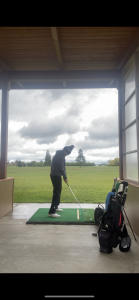
3D data shows lead wrist moves into a cupped (extension) position in downswing
There are many theories as to why this happens, and which proceeds the other. The bottom line is that it results in inconsistency. Trying to square an open face on a steep plane is akin to playing with fire. Generally these players play better after 2-3 rounds, as timing becomes better.
Most players I see with early extension, and an open face, also display lead wrist angles in 3D that lean much too far toward extension (cupping), as the only real way to make contact relative to target:
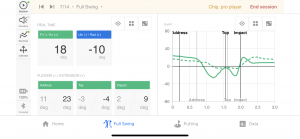
Steep Plane, Open Face, Lead Wrist is Cupped in response to early extension
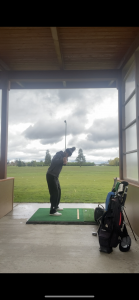
Ideally, the less we can move off the geometric angles on our body as they relate to the ball at set up and at address, the more consistent we can become through rotation around original lines.
Address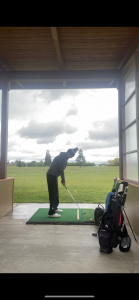
Impact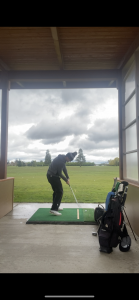
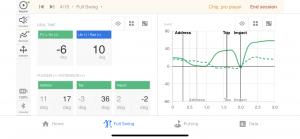
3D data shows lead wrist moves into bowed, or (flexion) in downswing.
Once we are able to work on stable & mobile rotational patterns through functional movement analysis & correction, we can then put the lead wrist in a position of flexion (bowing) in the downswing.
The body responds to the club face. That is to say, if mobility & stability in rotation is not an issue, squaring the club face with proper wrist mechanics usually results in a decrease in early extension, and a more square face & shallow plane. Conversely, if mobility & stability are an issue, the plane steepens & clubface responds by opening.
Try these 2 Transition drills together to get the proper feel of wrist mechanics & transition sequence in the downswing:
Rev Drill
Swing & Step Drill
